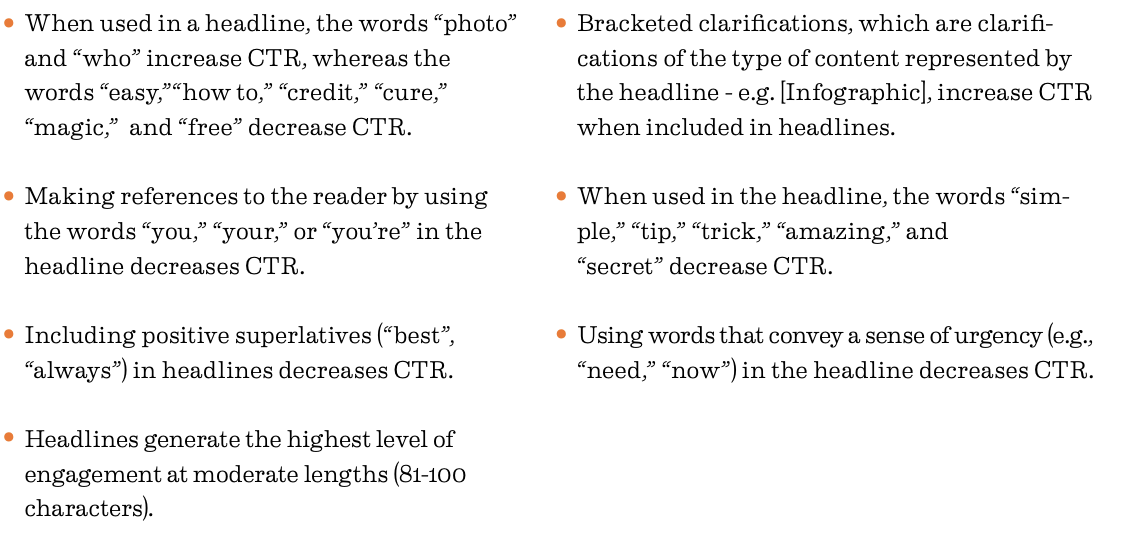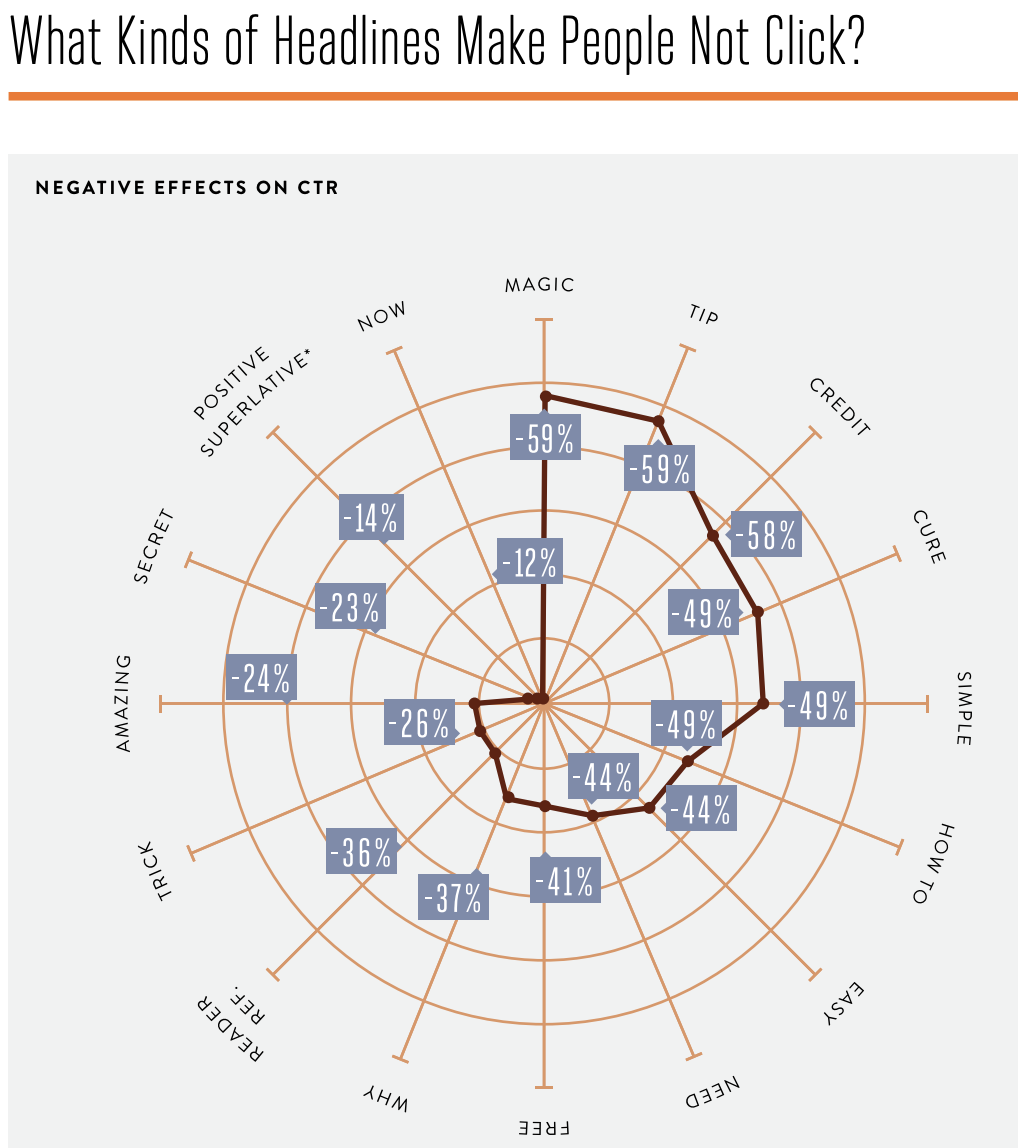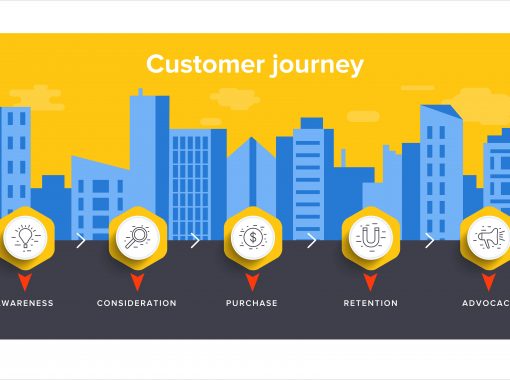
How To Create A Seamless Blog Post Outline
The time has come to create your next blog post. You’re staring at your computer screen, wondering what to do next, and then it hits you: you have no clue where to start.
This is a common problem that plagues millions upon millions of writers. Fortunately, with a blog post outline in place, you’ll never again find yourself in this situation.
So, now it’s time to answer the million-dollar question: what’s the best way to build a seamless blog post outline?
While there’s no right or wrong answer to this question, there are basic steps you can take to create outlines that put you on the right track toward creating high-quality blog posts.
Now that you understand the power of creating a blog post outline, let’s dive into the finer details of doing so. Here are the five steps you can take to create a comprehensive outline for your blog:
1. Pinpoint Your Target Audience
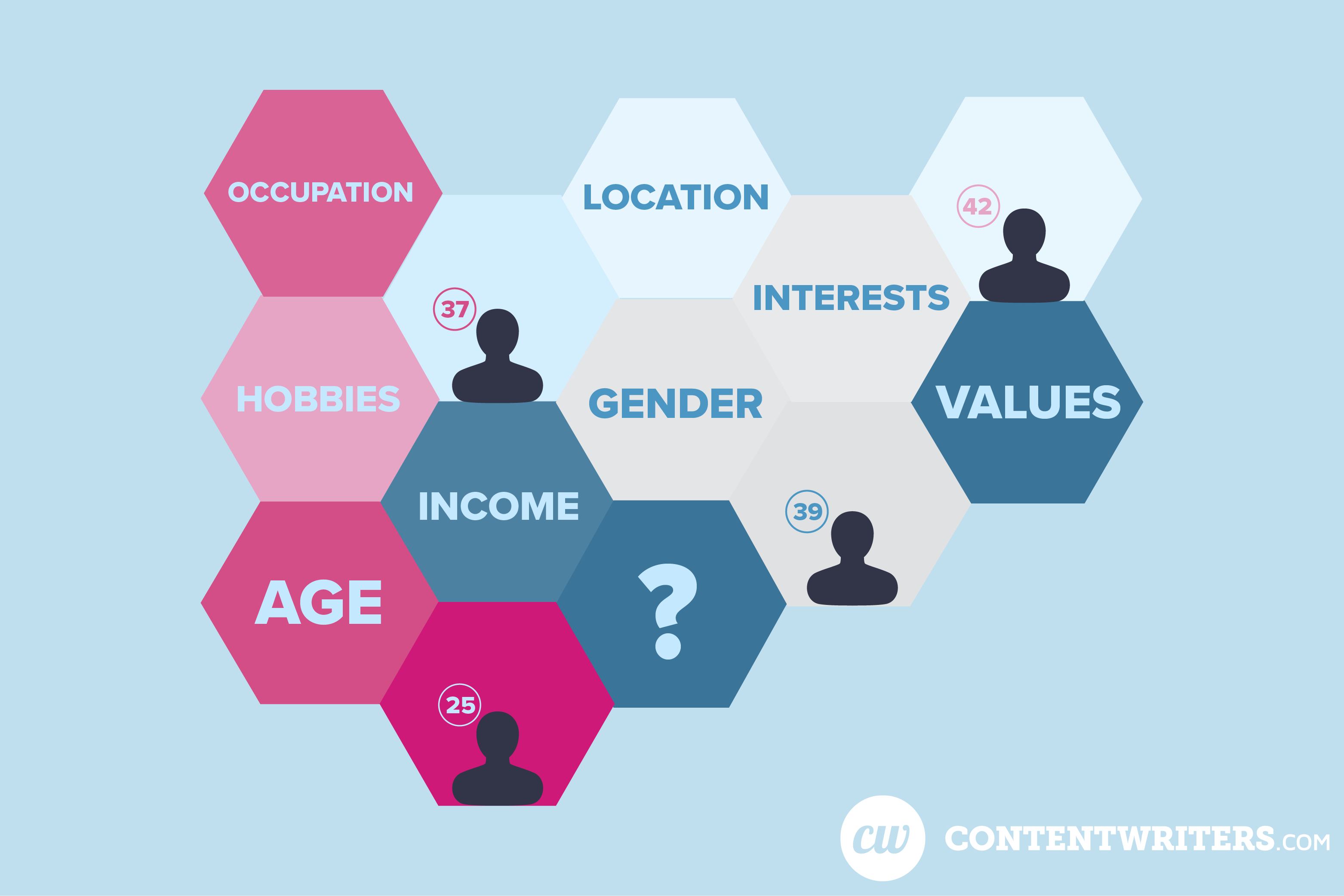
The most important piece of blogging is your audience. In the end, you are writing to provide valuable information to your readers. Before starting a blog post, think about who you are targeting to read your blog posts. This is your target audience.
There’s no right or wrong way to pinpoint your target audience, but there are questions requiring research that you can answer:
- What types of blog posts have been the most successful in the past?
- Have you reviewed your analytics account to better understand your audience?
- Who is most likely to engage with your content?
These are broad questions that will lead you toward many others, so be prepared to tackle anything that comes your way. The key here is to get yourself in the right frame of mind before you write.
2. Decide What Type of Post to Write
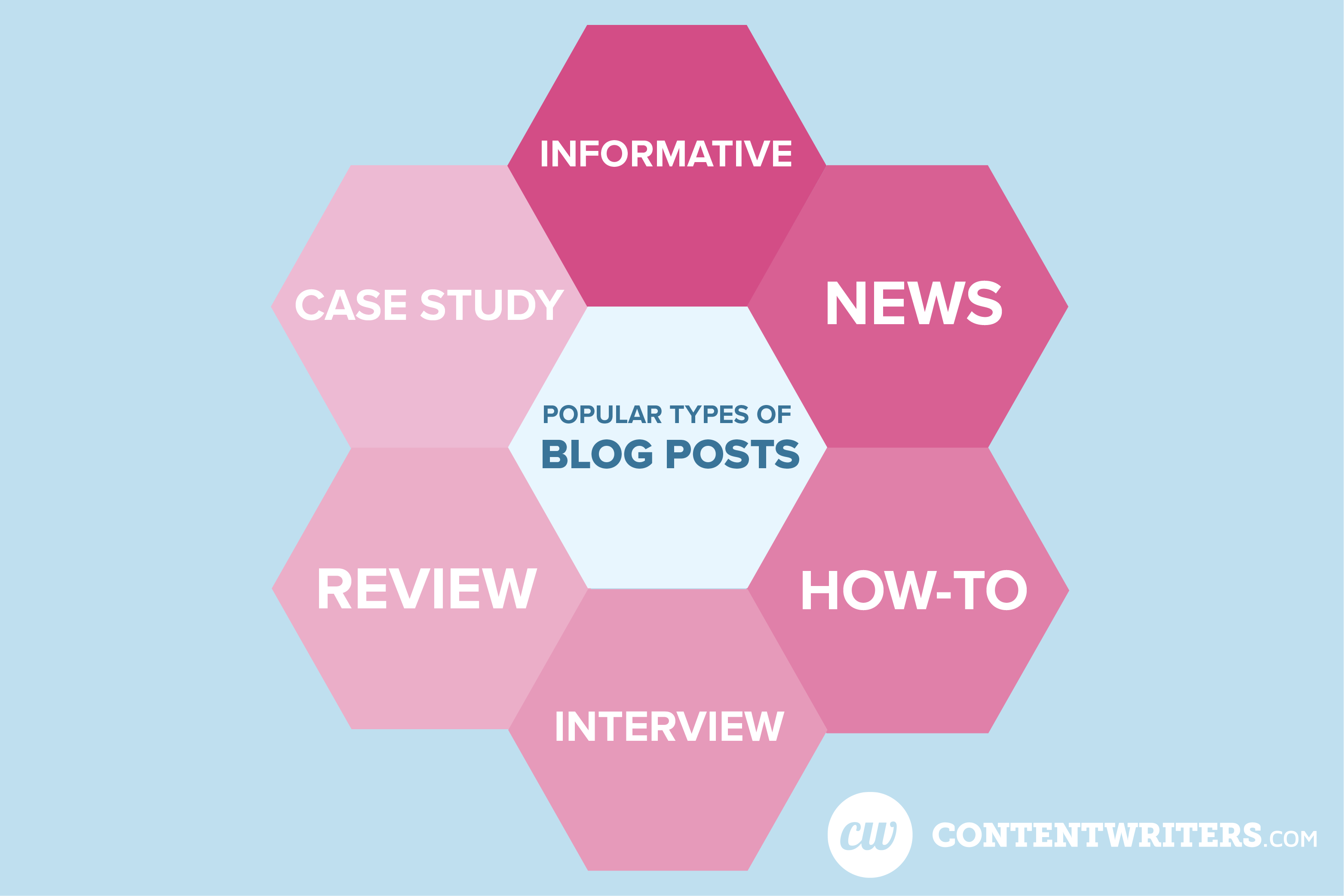
No two blog posts are the same, especially when it comes to the structure and approach. There are various types of posts, including but not limited to:
- Informative: share your knowledge and expertise with your audience
- News: tackle a recent news story associated with your company, industry, or niche
- How-to: provide actionable advice on how to complete a specific task
- Interview: share an interview with your audience, which includes both questions and answers (and maybe even audio and video)
- Review: review a product or service to help your audience better understand the pros and cons
- Case study: show how your company helped a customer or client, including actionable steps
It’s important to define your post type upfront, as it will dictate the type of outline you create.
For example, if you’re writing an informative blog post, your outline will include a variety of headers, along with internal and external links.
However, if you’re sharing an interview-style blog post, you need to consider how you’ll lay out the question and answer format, along with any audio and video you want to add.
3. Start with a Working Title
The key phrase here is “working title.” Yes, you need a title to start, but it could (and probably will) change multiple times.
A solid working title has these traits:
- It’s specific
- It’s concise
- It tells the audience what to expect
For example, if you’re writing a post on LinkedIn Marketing strategies, which one of these working titles do you think is best?
- LinkedIn Marketing Strategy
- How to Use LinkedIn to Generate Leads
The first one is entirely too broad, as it doesn’t give the reader an idea of what to expect.
The second title is more specific, while also sharing exactly what the post will touch on.
Remember this: a good title is a necessity in hooking your audience. Without this, some people will move on before they ever look twice at the body of the post.
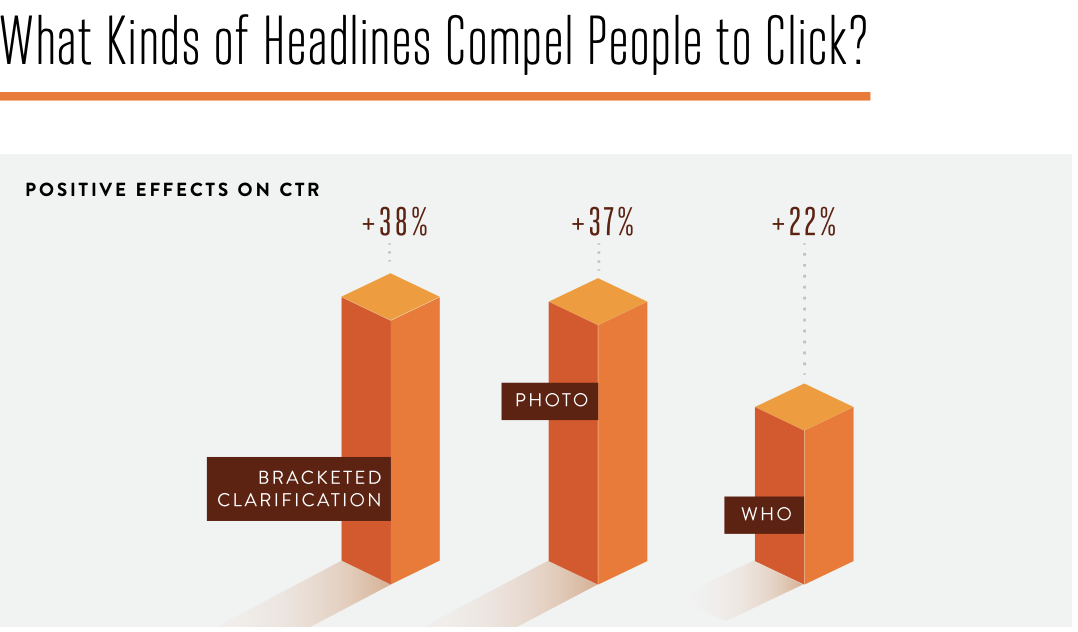
Don’t spend too much time during the outline phase on creating a catchy title. There’s plenty of time for this later on. Upfront, you’re simply trying to get on the right track. Your initial research for your title should include your target keyword and inquiries around them.
HubSpot shares an interesting take on how to write catchy titles that draw readers in. Here’s one of the most important sections from the post:
“In a study of over 3.3 million paid link headlines, we found that headlines with this type of clarification — [Interview], [Podcast], [Infographic], etc. — performed 38% better than headlines without clarification. Again, it’s all about setting clear expectations. Thanks to the brackets, these readers knew exactly what they were getting themselves into before they even clicked.”
This shows how important it is to set clear expectations upfront about what the main point of your article is.
4. Break it Down
This is when the real fun begins. It’s time to dive into the finer details of the outline, which is structured to provide you guidance when you finally begin to create the post.
Consider this a brain dump. It’s your time to write down everything you want your readers to know.
Some of the points will stick. Some of the points will need to be eliminated in the future. And some of the points will require a bit of editing.
While organization is key to creating a seamless blog post outline, don’t focus too much on this right now. Your goal here is to simply get everything out of your mind and into your document.
Sticking with the LinkedIn marketing example above, here are some of the things you may want to include:
- Why LinkedIn is a good source for generating leads
- LinkedIn statistics, such as the number of users, best times to post, and the type of content that generates the best response
- Images and videos
- Case studies shared by others
- Quotes from business professionals using LinkedIn to generate leads
- What results your audience should expect
- How to measure results
You get the point. These details don’t have to be in any specific order. You have time to get organized in the next step.
5. Narrow Your Key Focuses
Once you have a working title, do some keyword research to come up with target keywords. There are many methods of performing keyword research so choose the best practice for you.
Once you have a comprehensive list of target keywords, do some brainstorming to come up with several key points you are nailing down with your blog. These should contain information directly related to or including your keywords.
The main points you are focusing on can derive from the secondary keywords being targeted. These keywords and keyword phrases could be a good inspiration for your blog’s subheadings and subsections. These subheadings should be supportive of your working title.
6. Edit and Finalize Your Blog Outline
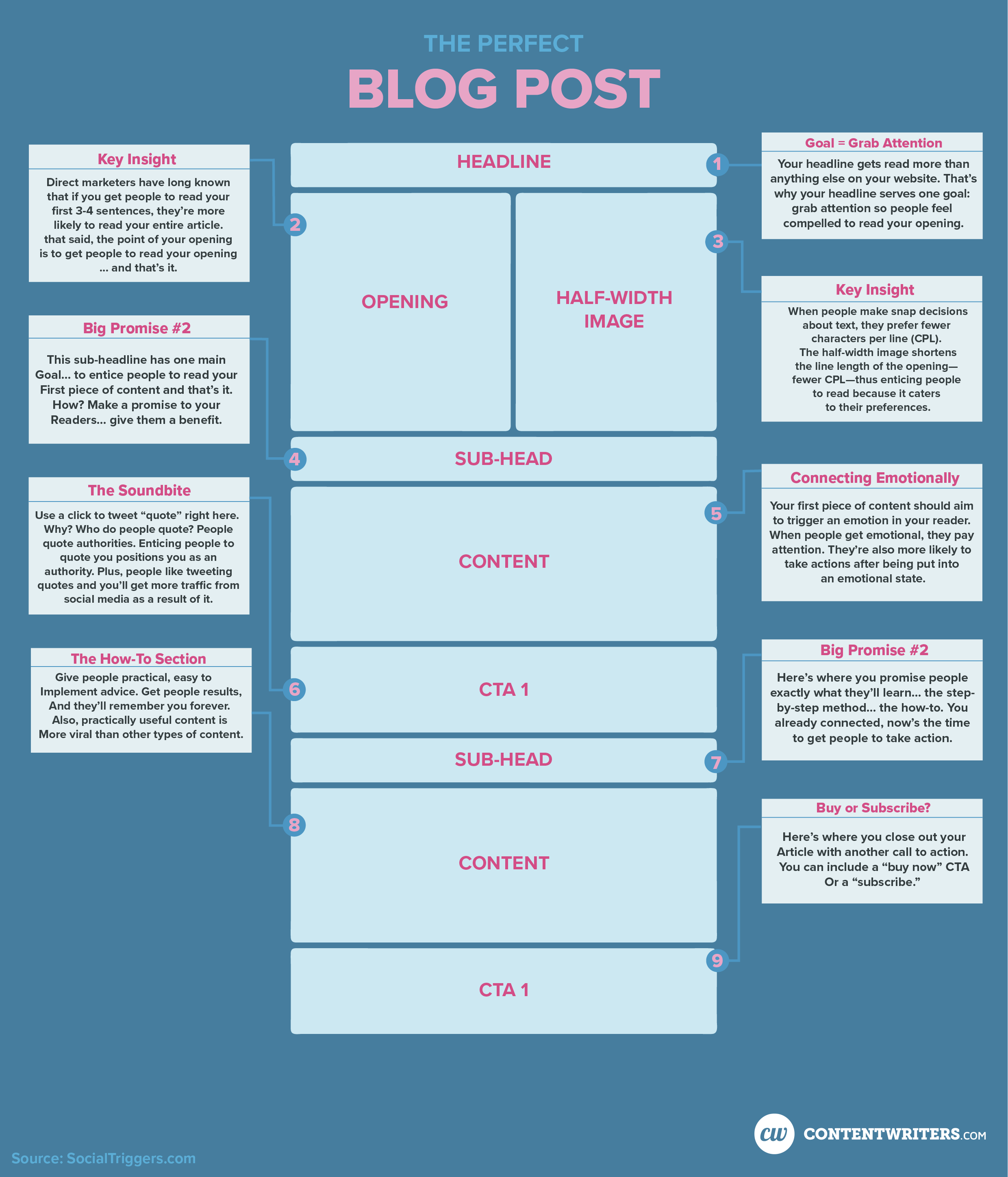
When you reach this point, you’re just about done. However, before you move on to the actual writing, you need to edit and finalize your outline. This part of the outlining process is where you see a visual image of where everything fits.
You have everything you need in front of you. Now, it’s all about putting it into an easy-to-follow manner (both for you and your audience). Sticking with the LinkedIn example above, your final structured outline may look something like this:
Introduction
- Lead with a question and share a LinkedIn statistic regarding how others are generating leads
How to Use Images and Videos
- Written content is powerful on LinkedIn
- Combine written content with images and videos
- Share the types of images and videos that generate the best response
How Others Are Using LinkedIn to Generate Leads
- Quotes from business professionals who are successfully using LinkedIn
- Case studies showing the power of LinkedIn as a lead generation tool
- How to achieve similar results
Measuring Your Strategy’s Success
- Which metrics to look at
- How to set up a strategy for tracking metrics
- How to adjust your strategy based on the data you collect
By organizing your content with headers and bullets, you’ll have a clear idea of what each section should entail. It’s also a guide for how to layout your content, such as the order in which it’s presented.
As you create your blog post, you may find yourself making minor edits to your outline. Don’t shy away from this, but instead embrace any changes you can make for the better.
Final Thoughts
Behind a successful blog, there is likely a blog outline. Before creating a blog outline, keep these basics of a blog in mind.
- Know your target word count
As you start writing, you should be aware of how much space you have to get your point across. This will keep you from either rambling or cutting valuable information.
- Get ready to invest a lot of time into keyword research
With sufficient keyword research, you will be able to obtain much more organic traffic. This will also ensure you are hitting your key points.
Like most people, the first time you create a blog post outline will present some challenges and a lot of thought. It’s natural to be nervous and question whether you’re doing it right. It may even feel like it’s taking forever. However, the more you create blog post outlines, the faster and easier the process will become. The frustration and discarded ideas are all part of the writing process.
Once you have a system in place for creating a seamless blog post outline, you’ll find it easier to hit the ground running, you’ll have a first draft for your blog post in no time.
At ContentWriters, we’ve found that a thorough blog post outline can be the difference between industry-leading content and content that comes up short. That’s why all our writers create an outline before taking on a new piece. Not only does it result in higher quality content, it also saves the writer time in the long run and can even help to prevent writer’s block.
What are your thoughts on creating and using blog post outlines? Is this something you’ve done in the past, or are you just now beginning to realize the importance?
Chris B. is a freelance writer and digital marketing consultant based in Pittsburgh, PA. When he’s not creating content, Chris enjoys watching sports, working in the yard, and spending time with his family.
